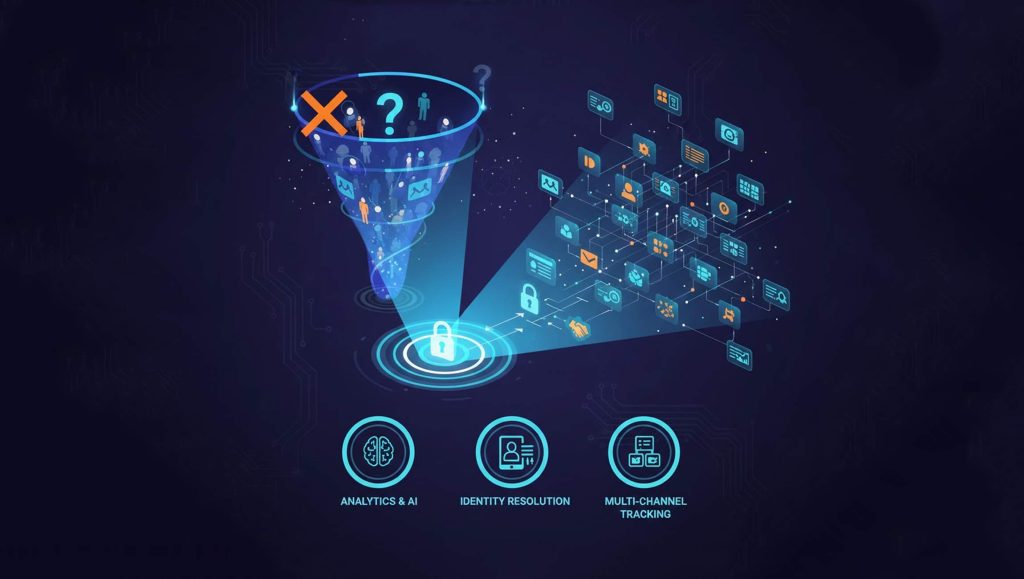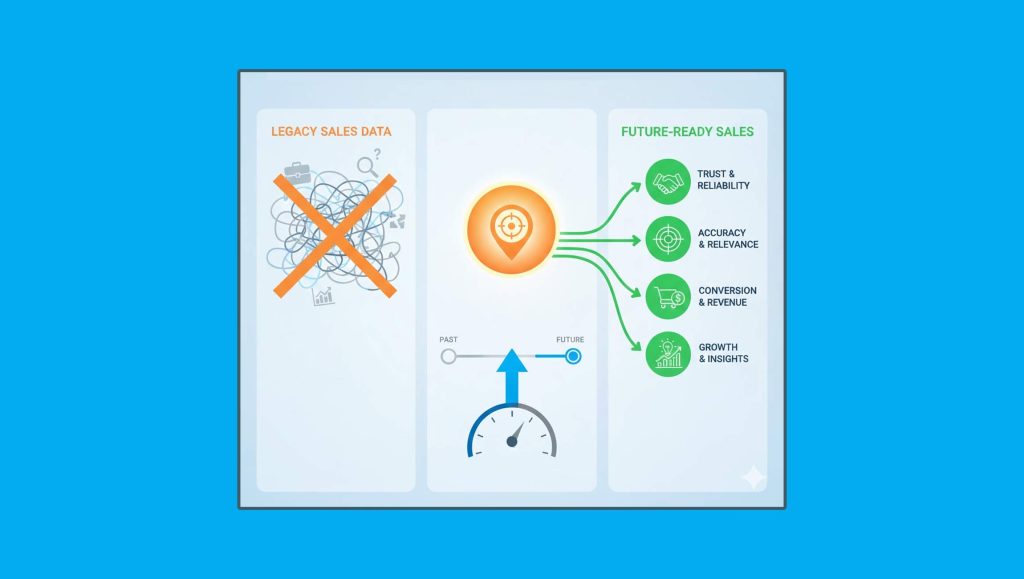Modern self-service analytics helped Medtronic’s data team go from answering 100% of procurement users analytics questions to just 20%, with business users taking on 80% of their own analysis
A new Harvard Business Review Analytic Services report in partnership with ThoughtSpot, the Modern Analytics Cloud company, explores the self-service analytics tools businesses need to empower frontline decision makers as they enter the third year of the Covid-19 pandemic.
Read More: SalesTechStar Interview With John Giacomini, Senior Vice President Of Sales At North America,…
“Modern self-service analytics can allow users to word their questions in natural-language form, and to drill down into massive amounts of data that is continually updated in the cloud.”
A previous report by HBR found that 86% of business executives said frontline workers at their organization need better technology to make data-driven decisions, and named self-service analytics as a top technology they would adopt by 2022 to make this happen. Modern self-service tools boost speed, efficiency, accuracy, and trust in the insights that frontline workers glean from data. The new report highlights the capabilities like search and natural language processing (NLP) that separate modern self-service tools from traditional self-service tools, and that are critical to capitalize on the value of the modern data stack.
“Given Covid-19 and everything changing rapidly, people need to quickly see what’s happening so they’re able to pivot in real time,” said Fern Halper, Vice President and Senior Director for Advanced Analytics at Transforming Data with Intelligence (TDWI). “Modern self-service analytics can allow users to word their questions in natural-language form, and to drill down into massive amounts of data that is continually updated in the cloud.”
The Power of Search-Driven Analytics
The new report clearly shows frontline workers need the ability to answer data questions in the same way they’d search for information in their daily lives, which isn’t possible with cumbersome, legacy analytics tools. The most cutting edge companies are adopting analytics powered by search. This enables users’ to formulate their own data queries in plain language and immediately get insights they can take action on, rather than waiting for the data team to respond. At the same time, this reduces the burden on data teams, freeing them up to drive more strategic initiatives for their organizations.
Medtronic, a global healthcare technology company, put self-service analytics into action to decrease the amount of time their data team was spending answering users’ analytics questions across the company. With the intuitive and familiar approach to querying the data enabled through a search-based interface, Manish Motiramani, Director of Advanced Analytics Programs for Medtronic says, “Users can do a whole lot more without asking the data team and going back and forth multiple times before they get exactly what they want. The initial hump is having users understand that self-service analytics are going to help them be more efficient and more productive with the information they want.”
In fact, Medtronic’s data team has gone from answering 100% of procurement users’ analytics questions to handling just 20% of queries, with the business users themselves taking on 80% of their own data analysis. The data team now has more time available to respond to queries that require deeper analysis and insights gleaned from business users historical knowledge have helped with financial planning, saving the company a significant amount of capital.
Read More: Cantaloupe Enhances Seed™ With Artificial Intelligence (AI) And Machine Learning (ML) Integrations…
Implementing a Data-Driven Culture
Building a truly data-driven culture across an organization requires companies to think beyond just equipping workers with self-service tools but also empowering them with the training and authority to take action on insights they discover. This requires a deliberate, dedicated approach to change management and the adoption of new processes at an organizational level, which remains the largest hurdle (44%), according to HBR’s 2020 survey and continues to persist today.
“A lot of organizations pay lip service to changing their behavior, but to become data-driven requires people at all levels of the organization to change,” says Randy Bean, Founder and CEO of NewVantage Partners.
It’s essential businesses build programs that boost data literacy at all levels of their organization as part of these efforts. Data literacy initiatives must go hand in hand with self-service analytics so business users can understand, interpret, think critically about, and act on the data, in addition to taking action on the output.
“It’s absolutely critical to equip these new decision makers with the right tools to find their own data-driven insights, and more importantly, empower them to act on these insights. The key to making this possible is self-service analytics. Not self-service for data professionals, but for employees, partners, and even customers to engage directly with your data, answer their questions, and propel your business forward,” said Sudheesh Nair, CEO of ThoughtSpot. “But we know technology is only the first step in realizing the full potential of your data. People, process, and culture remain critical elements of any successful analytics initiative. This new report digs into the technology trends and paradigms you should evaluate as you seek to empower your new decision makers.”





















